Why Write the First-Ever guide to all 131 D.C. neighborhoods
In writing the first-ever guide to all 131 D.C. neighborhoods, the goal is simple- to help make a big city smaller for locals, transplants, and tourists. Over Washington, D.C.’s storied past, around 131 neighborhoods have emerged embodying people, culture, and beauty. Each is worthy of honor, distinct from other neighborhoods.
Before I dive into the process, why the guides are online only, lessons learned, thank yous, and a scavenger hunt announcement, it’s important to note that neighborhood borders are often disputed throughout Washington, D.C. Needing some sort of road map, I used the 131 neighborhoods outlined by the D.C. Office of Planning years ago. I included North Portal Estates, the neighborhood at the northmost tip of D.C., bringing the total to 132. Since writing this, a few neighbors requested a Rosedale guide so stay tuned on that.
It’s also worthy of noting that I’m a guest in Washington, D.C. Moving to the city in 2007, it’s not lost on me that my position as a transplant excludes me from knowing what it’s like to be a native Washingtonian. And it’s with the posture of being a guest that I explored every neighborhood. Being a guest my entire life (I grew up in Central Asia as an American and don’t entirely fit anywhere in the world), there are a few rules of being a guest all transplants and tourists need to follow.
- Practice humility.
- Listen more, talk less.
- Understand context and nuance.
- Respect people, especially those born and raised in Washington, D.C.
- Be present.
Here are 132 guides to every neighborhood in Washington, D.C. organized by Ward. (Scroll to the bottom to read a list of neighborhoods by Ward.) Each guide includes a brief neighborhood introduction and a few suggestions on what to eat, drink, do, and see in the area. In writing each guide, I did four things.
- Visited every neighborhood, walking down every street and alley.
- Asked and listened to neighbors’ stories.
- Researched the history and current context.
- Fact checked each entry.
The guides are online only…for now. Here’s why.
- Accessibility for most. Anyone with an internet connection can access all 132 guides free of charge. If it was a book, it would likely cost some amount to help cover printing, etc. An online version makes it more accessible. The goal is to help us all connect more deeply with our city and I don’t want to monetize that.
- Easy revisions. Places open and close often. Buildings are torn down. New ones go up. With an ever-changing Washington, D.C., an online version makes it easy to edit.
- Live updates. Guides are living, they evolve. Even with extensive research, I’m human and am biased. It’s safe to say I missed elements of a neighborhood. As neighbors read and others explore, I welcome feedback. As a human, I have biases, blind spots, and limitations. Because of that, the guides aren’t perfect. They will evolve, hopefully becoming more useful and honoring.
In writing these guides, I explored every part of Washington, D.C., often with my young daughter. In walking every neighborhood, here’s what I learned in my 17+ years living in Washington, D.C.
- Local champions carry Washington, D.C. Most neighborhoods have active citizen and civic associations helmed by neighbors passionate about community. They document their neighborhood’s history, preserve its beauty, and find ways to build connection among neighbors. From the River Terrace Community Organization to the Brightwood Community Association, people care about where they live.
- Hyper local media is vital. With local news sites like the DCist shutting down, local newsletters like 730DC and blog Popville are vital. Popville started out as a neighborhood blog and many neighborhoods are covered by dedicated citizens, who often volunteer their time. The Hill Is Home, Petworth News, Fairlawn Informer, and The Southwester are a few and many have covered their homes for decades.
- Our city remains segregated. Most neighborhoods prevented the sale of houses to the Black community through racial covenants until the Supreme Court ruled them unconstitutional in 1948. This helped segregate the city. Over 75 years later, Washington, D.C. is still segregated. Mapping Segregation is an invaluable resource that dives deeper into this reality.
- History repeats itself. Over the decades, developers have, at times, named neighborhoods. The most obvious is NoMa, pulling from historic neighborhoods like Swampoodle. It was interesting to learn of other neighborhoods with a similar birth story. Northwest’s Crestwood was named such by developers in the 1940s to help market its houses.
What started as teaching my daughter the alphabet through exploring D.C. during the pandemic ended with the city’s first-ever guide to all 131+ neighborhoods. Literal hundreds of people helped in the project by sending recommendations, writing articles, and recording history. This list includes the DC History Center, DC Preservation League, reporters at The Washington Post, Washington City Paper, The Washingtonian, DCist, Eater DC, and other outlets, John Kelly’s column, Popville, every neighborhood newspaper and citizens association, Christina Sturdivant Sani, Corey Stowers, Joe Lapp, D.C.’s artists and muralists, local historians, neighbors, photographers, and many others.
Completing a two-year project is a big deal. To help celebrate, I created and hosted a D.C.-centric scavenger hunt on Saturday, June 15, 2024 with one route in each quadrant with prizes from local businesses and makers. Even though June 15th is past, you can still use the scavenger hunts to explore here.
Here are the neighborhoods by Ward:
- Adams Morgan
- Columbia Heights
- Howard University
- Lanier Heights
- LeDroit Park
- Mount Pleasant
- Park View
- Pleasant Plains
- U Street
- Burleith
- Chinatown
- Downtown
- Dupont Circle
- Federal Center
- Federal Triangle
- Foggy Bottom
- Georgetown
- Logan Circle
- Mount Vernon Square
- Penn Quarter
- Shaw
- Sheridan Kalorama
- West End
- American University Park
- Berkley
- Cathedral Heights
- Chevy Chase
- Cleveland Park
- Colony Hill
- Forest Hills
- Foxhall
- Friendship Heights
- Glover Park
- Kent
- Massachusetts Heights
- McLean Gardens
- North Cleveland Park
- Observatory Circle
- Palisades
- Potomac Heights
- Spring Valley
- Tenleytown
- Wakefield
- Wesley Heights
- Woodland Normanstone
- Woodley Park
- Woodmont
- Barnaby Woods
- Brightwood
- Brightwood Park
- Colonial Village
- Crestwood
- Hawthorne
- Manor Park
- North Portal Estates
- Petworth
- Riggs Park (Lamond-Riggs)
- Shepherd Park
- Sixteenth Street Heights
- Takoma
- Arboretum
- Bloomingdale
- Brentwood
- Brookland
- Carver Langston
- Eckington
- Edgewood
- Fort Lincoln
- For Totten
- Gateway
- Ivy City
- Langdon
- Michigan Park
- North Michigan Park
- Pleasant Hill
- Queens Chapel
- Stronghold
- Trinidad
- Truxton Circle
- Woodridge
- Barney Circle
- Capitol Hill
- Judiciary Square
- Mount Vernon Triangle
- Near Northeast
- NoMa
- Southwest Waterfront
- Sursum Corda
- Swampoodle
- Benning
- Benning Heights
- Benning Ridge
- Burrville
- Capitol View
- Central Northeast
- Civic Betterment
- Deanwood
- Dupont Park
- East Corner
- East River Heights
- Eastland Gardens
- Fairfax Village
- Fort Davis
- Fort Dupont
- Fort Stanton
- Good Hope
- Greenway
- Hillbrook
- Hillcrest
- Hill East
- Kenilworth
- Kingman Park
- Lincoln Heights
- Marshall Heights
- Mayfair
- Naylor Gardens
- Northeast Boundary
- Penn Branch
- Randle Highlands
- River Terrace
- Twining
- Anacostia
- Barry Farm
- Bellevue
- Buena Vista
- Congress Heights
- Douglass
- Fairlawn
- Garfield Heights
- Knox Hill
- Navy Yard
- Park Naylor
- Shipley Terrace
- Skyland
- Washington Highlands
- Woodland


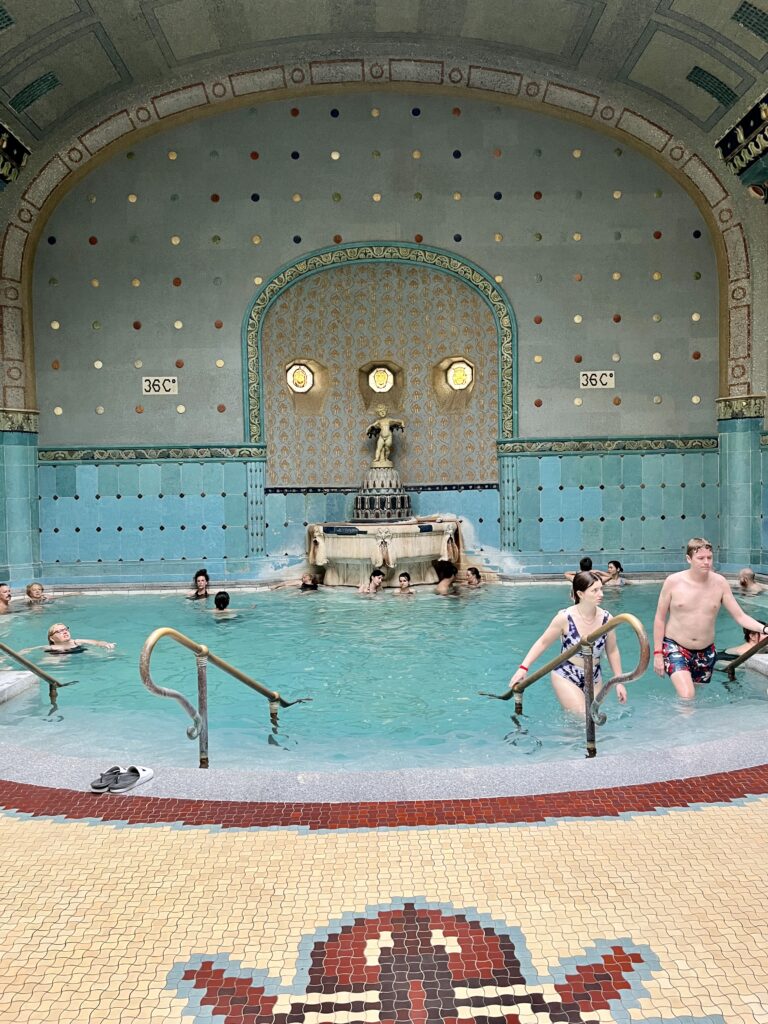
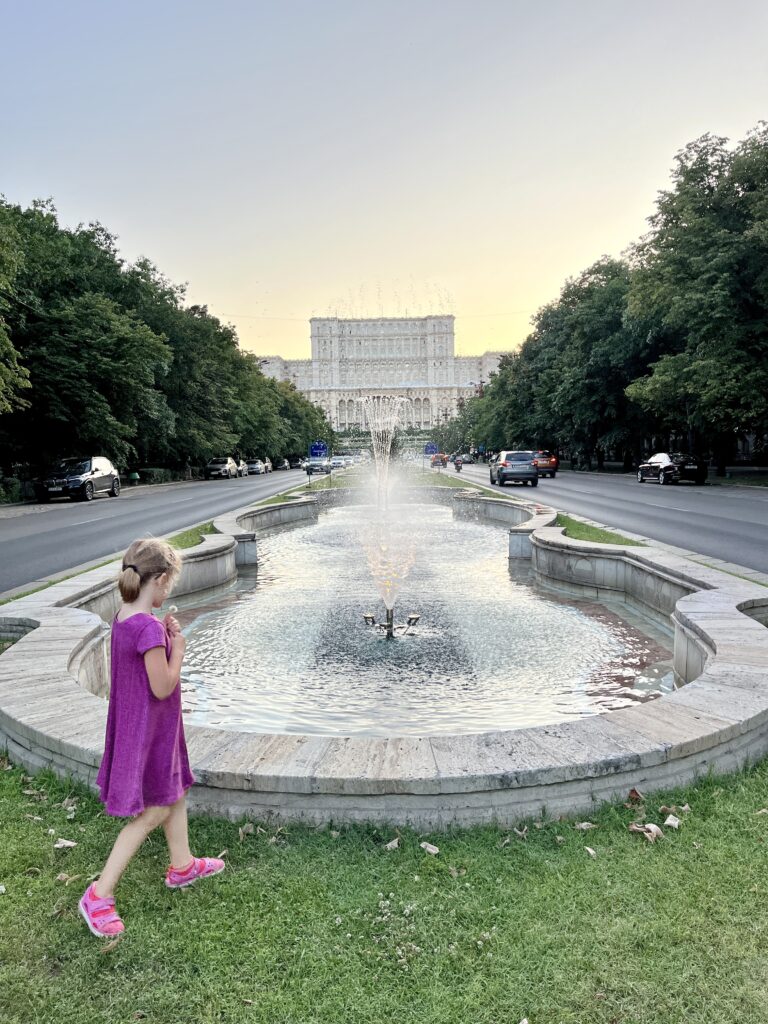
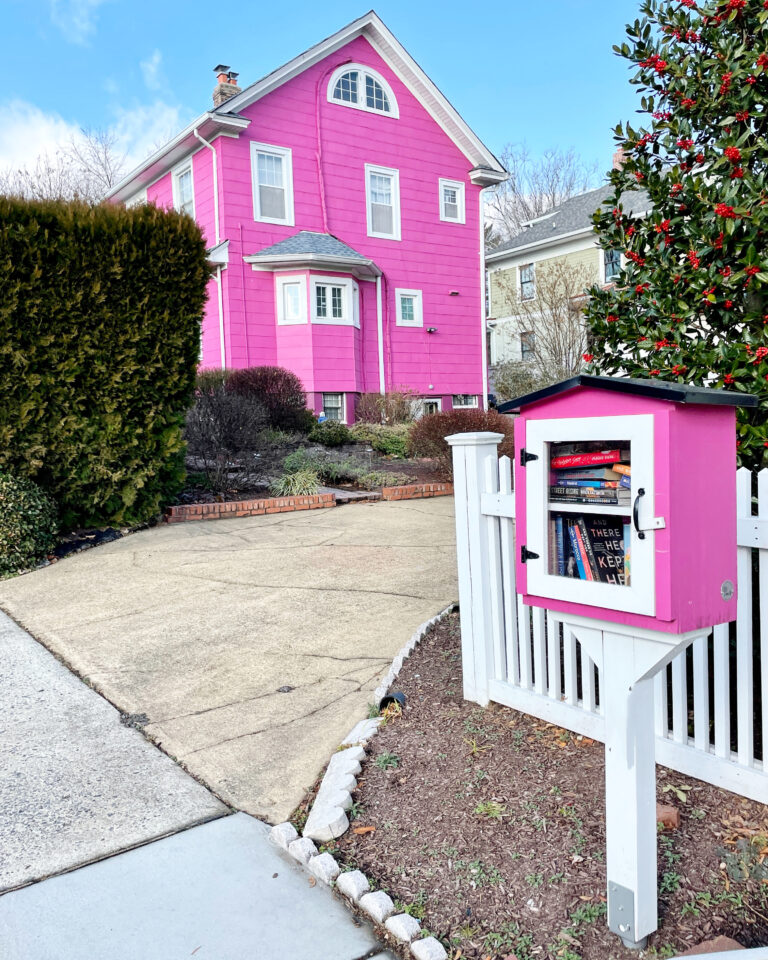
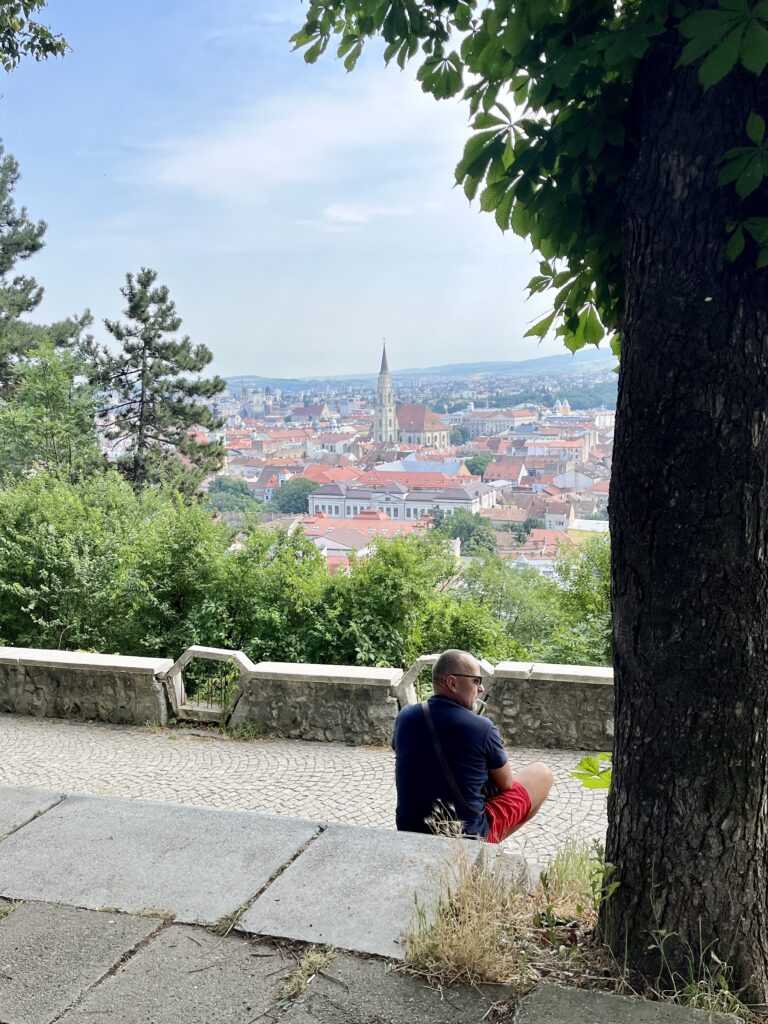
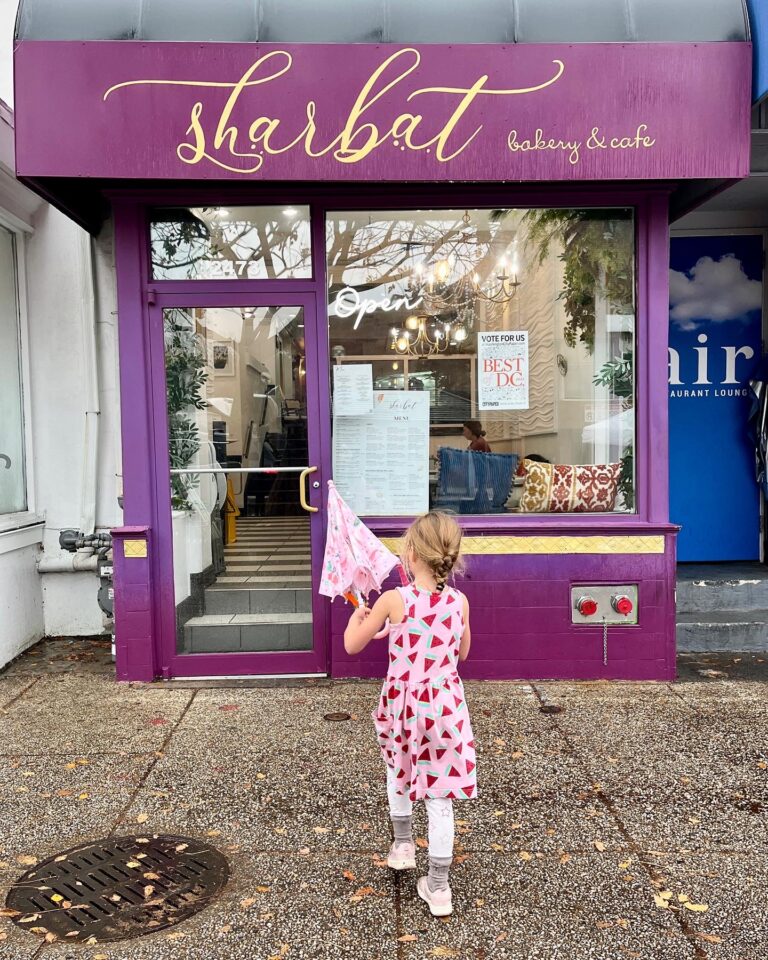
So frickin’ proud of you!!!! What a beautiful homage to the city you love.
Thank you so much! It was truly an honor to explore every part of the city.
Great view of the City of Washington. So many come to see historic monuments and government buildings, missing the true nature of this City. Thanks for finishing this project and helping many to understand the real beauty of this place. Congrats on writing.
Thanks, Uncle Dale. It really was an honor to write. I learned so much about D.C. through the process.
Austin. Kyle Cooper with WTOP News. I’d love to interview you about this accomplishment. I think many would like to jeer about it. When can we talk ?
Thanks, Kyle! It’s great to connect. I’d love to chat. I’m at austin@austinkgraff.com. Go ahead and shoot me an email and we can find a time to chat!
This is absolutely incredible. As a Realtor, I have been searching for something like this for years. It is so helpful for those moving here to really understand what the different neighborhoods are like before buying. Thank you!!
I’m so glad it’s helpful. I’m looking forward to seeing how the guides evolve as more people add to them!